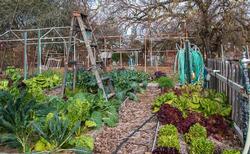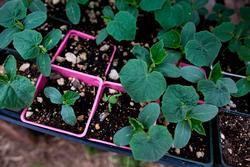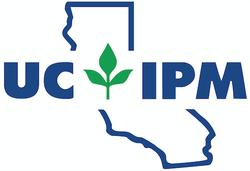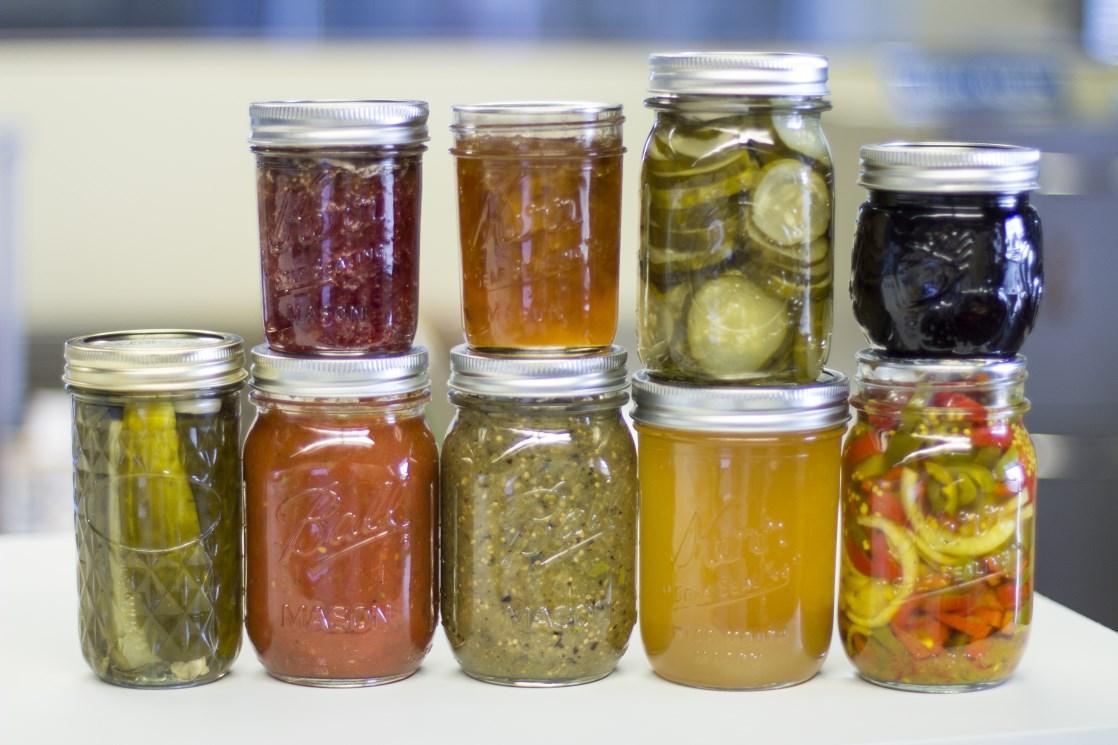UC Cooperative Extension
Karmjot Randhawa
County Director
(559) 243-6564
UC Cooperative Extension
145 Tozer St. Suite 103
Madera, CA 93638
Office Phone: (559) 675-7879
Fax: (559) 675-0639
Bite Size Gardens
TVegetable Gardening
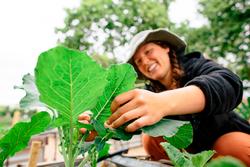
- Plant only as much as you can easily maintain.
- Create a garden plan before you begin.
- Grow fruits and vegetables that produce high yields in the space available.
- Plant during the correct season for the crop you would like to grow. Select varieties recommended for your climate zone.
- Climate Zones
Type in your address.
- Select a garden site that has at least 8 hours of full sun each day, avoid shaded locations.
- Prepare the soil and amend and fertilize as needed.
- Harvest fruits, vegetables and herbs at the correct stage of maturity.
. Planning your vegetable garden
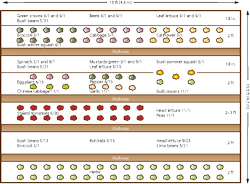
Good planning and preparation will reduce the workload in your garden. For example, if you install a drip system that can accommodate all of your beds, you will never have to drag an irrigation hose around. If you apply a heavy layer of course mulch between the beds, your weeding will be minimal. If you build raised beds, your garden will be more organized and less likely to degrade to weeds. There are many resources to help you plan the perfect garden for your home and family, connect with your local UC Master Gardener Program for free advice and help!
One of the best ways to make a plan for your garden is using grid paper and draw where you are planting specific vegetables, include planting dates, varieties and other notes. This will come in handy to reference during your growing season as well as for next years planning.
Location
Location click here for more information
Choose the best site for your garden, preferably in a location that is easily accessible from your home. Make sure the site receives 6 to 8 hours of full sun per day. Avoid planting where shade from trees or buildings limits light for part of the day because it will decrease yield and increase disease problems in many plants. If shade is a problem, plant leafy crops in those areas and save the full sun areas for crops that bear fruit (tomato, eggplant, squash etc
When deciding where to plant your vegetable garden, choose the best available location by keeping the following factors in mind:
- Good soil
- Level ground
- Water supply
- Adequate light
- Close to home
How Much and What to Plant?
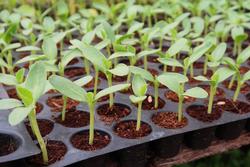
Keep in mind past experiences with a given variety and compare new varieties with your favorites. Whether purchasing seed or transplants, always note the specific crop variety. Avoid generic or unlabeled transplants, since characteristics can vary widely with different varieties of the same crop.
The California Master Gardener Handbook provides great recommendations on when and when to plant by seed (row) or young transplants (plants) and how much to plant for a family of four:
Efficient use of space
Efficient use of space / click here for more info
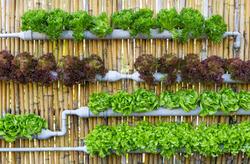
Preparing for Planting
Preparing for Planting / click here for more information
California has a unique vegetable growing climate and can grow many different types of vegetable crops throughout the year. Crops are classified as warm-season or cool-season crops. Don't forget, it is very important that you plant at the right time of year for each crop for optimum yield!
After you have made a plan for your garden, you are ready to start preparing your garden for planting. As you prepare for planting you will want to consider the following:
- What garden tools do I need?
- Are you planting seeds or transplants?
- What type of soil do you have?
- When is the best time to plant for my climate zone?
Caring for Your Vegetable Crop
Caring for Your Vegetable Crop / click here for more information
Click on IPM photo for pest management
Harvesting and Storing
Harvesting and Storing / click here for more information
To get the most out of your vegetables, harvest them when they are at the best stage for eating and store them under conditions that will keep them as close to garden fresh as possible.
Recipes and Preservation Information
There are many resources with recipes and instructions on home food preservation available online. When practicing home food preservation is important to follow the instructions and use a credible research-based source.

